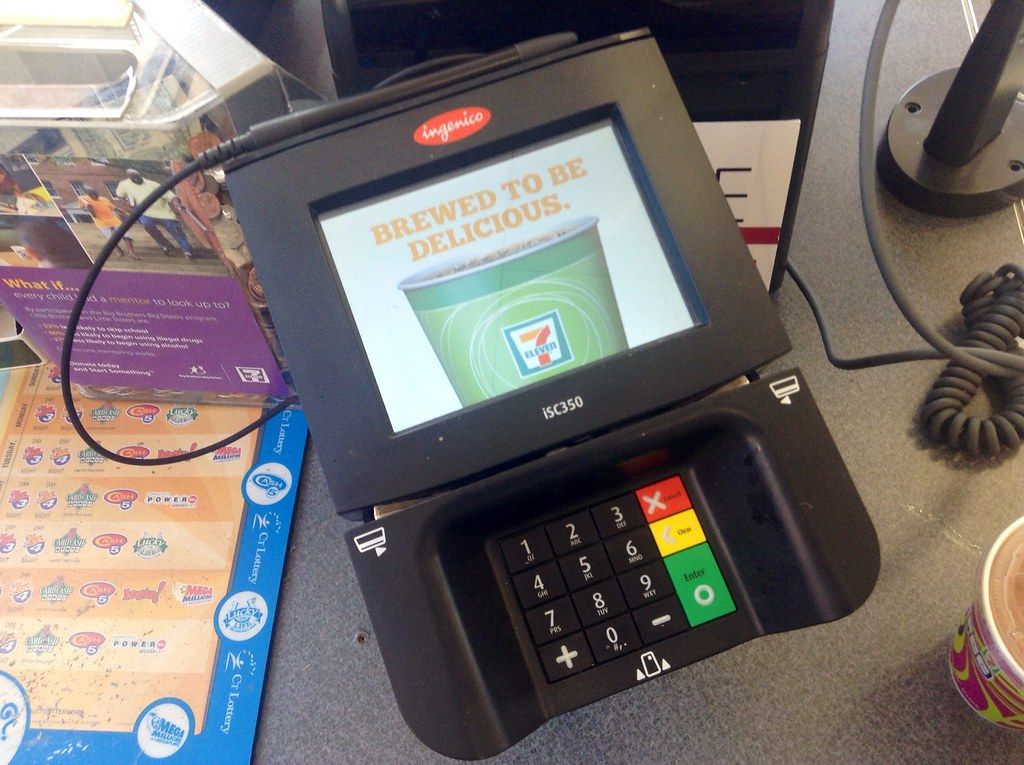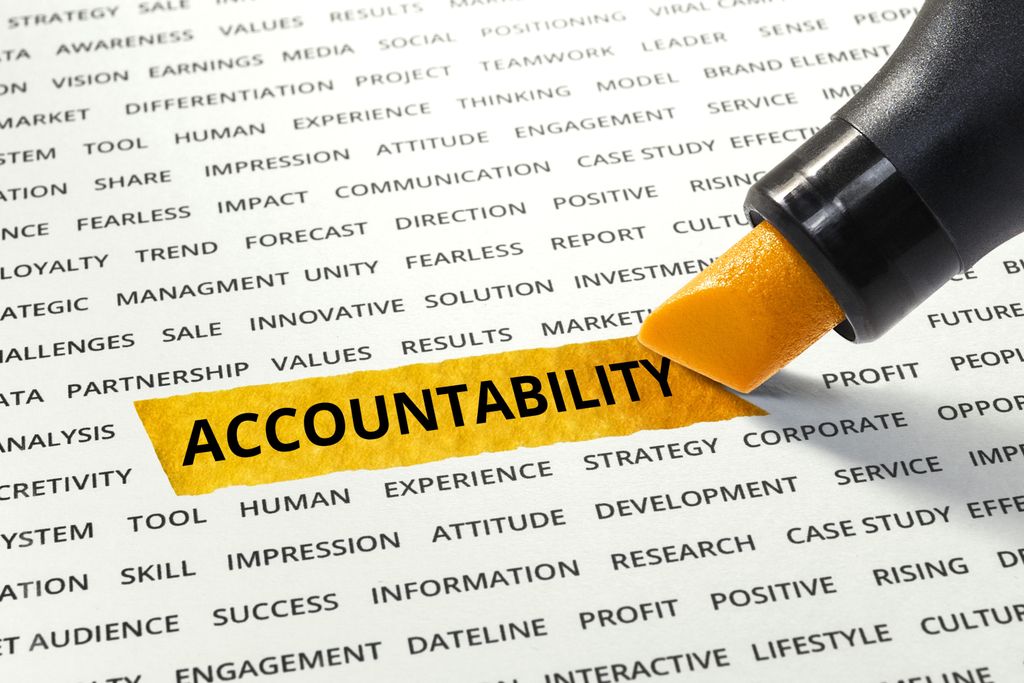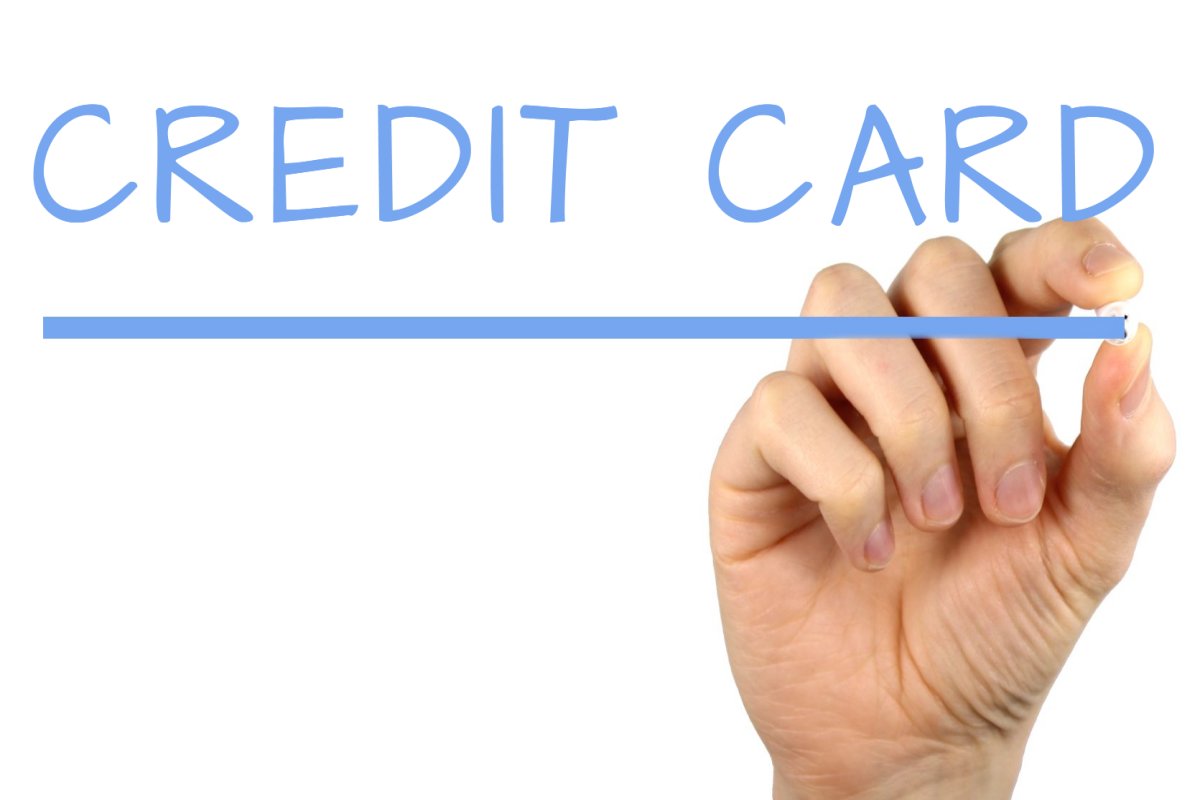
In today’s financial landscape, your credit score isn’t just a number; it’s a powerful tool that opens doors to better loan rates, easier approvals for housing, and even lower insurance premiums. A strong credit score is a testament to your financial reliability, signaling to lenders that you are a trustworthy borrower. However, for many, the path to a higher score can seem shrouded in mystery, filled with complex terms and seemingly insurmountable challenges. Whether you’re aiming for a major milestone like a mortgage or simply want to improve your financial standing, understanding the levers that influence your score is the first step toward empowerment.
While building a truly exceptional credit score often requires consistent effort over time—as one Reddit user sagely put it, “Rome wasn’t built in a day”—there are indeed actionable steps you can take to see noticeable improvements, some even in as little as 30 days. These aren’t magic bullets, but rather strategic moves designed to address common issues like missed payments, high credit card balances, or errors on your credit report. Identifying what’s specifically dragging your score down is crucial, allowing you to tailor your approach and maximize your efforts for a quicker boost.
This article is designed to cut through the complexity, providing you with clear, practical, and effective strategies directly from financial experts. We’ll break down the most impactful actions you can take, explaining not just *what* to do, but *why* it works, its potential impact on your score, the time commitment involved, and how quickly you can expect to see results. Get ready to take control of your financial destiny, one strategic step at a time. Let’s dive into the initial set of strategies that form the bedrock of rapid credit improvement.

1. **Pay Bills on Time**No single action holds more sway over your credit score than consistently paying your bills on time. This isn’t just a recommendation; it’s the absolute cornerstone of creditworthiness. Your payment history is the largest scoring factor in both FICO and VantageScore credit scoring systems, accounting for a hefty 35% of your FICO® Score. Missed payments, particularly those that are 30 days or more overdue, can severely damage your credit report, lingering there for up to seven years and significantly impacting your score.
If you find yourself having missed a payment by 30 days or more, the immediate priority is to pay the outstanding balance. After bringing your account current, it’s worth reaching out to the creditor, either by phone or online chat, to politely inquire if they would consider no longer reporting the missed payment to the credit bureaus. This approach, often referred to as a “goodwill deletion,” is more likely to succeed if it’s a one-time occurrence and you have a solid track record of timely payments otherwise. Even if this request is denied, it remains critical to bring your account up to date as quickly as possible, as each month an account is marked delinquent will continue to hurt your score.
The time commitment for preventing missed payments is remarkably low. Simple actions like setting up account reminders or opting for automatic payments to cover at least the minimum due can prevent future slip-ups. The speed at which you’ll see an impact can vary, depending on how many payments you’ve missed and how recently, as well as the severity of the lateness (30, 60, or 90+ days past due). Fortunately, the negative impact of delinquent payments does diminish over time, and actively building more positive credit accounts in the interim can help to accelerate this recovery, leading to a steady rise in your score as you establish a consistent pattern of on-time payments.
Read more about: Before the Red Carpet: 10 Wild Side Hustles A-List Actors Had Before They Were Famous

2. **Pay Credit Card Balances Strategically**After on-time payments, the amount of credit you’re utilizing—known as your credit utilization rate—is typically the second-biggest factor in your credit score, accounting for 30% of your FICO® Score. This rate is the portion of your available credit limits that you’re currently using. A widely accepted guideline suggests keeping your utilization rate below 30% on any given card, but it’s important to remember that lower is always better; individuals with the highest credit scores often maintain their credit utilization in the single digits. High credit card balances signal higher risk to lenders, which can quickly pull down your score.
To manage your credit utilization effectively, consider a few strategic actions. One highly effective method is to pay down your balance before the billing cycle ends. If your income fluctuates, making smaller payments throughout the month can help keep your balance consistently low. Additionally, leveraging unexpected income sources such as seasonal work earnings, tax refunds, or even gifts to reduce your balances can provide a significant boost. The goal is to show credit bureaus that you can manage your available credit responsibly without maxing out your cards.
Understanding when your card issuer reports to the credit bureaus is also key. This reporting date is typically around the end of your billing cycle and can often be found on your statement. If you’re unsure, a quick call to your card issuer’s customer service line can provide you with the specific date or time frame. The impact of strategically lowering your balances can be remarkably fast; as soon as your credit card reports a lower balance to the credit bureaus, that improved utilization will be immediately factored into your score. While the time commitment is low to medium, requiring some organizational effort to set reminders or alerts, the immediate rewards make it a highly worthwhile strategy. For those with high credit card debt, implementing debt repayment strategies like the debt snowball or avalanche method can provide a structured approach to systematically reduce balances and improve utilization.
Read more about: Travel Hacking for Beginners: Your Actionable Guide to Earning a Free Domestic Flight in 6 Months

3. **Ask for Higher Credit Limits**Increasing your credit limits, without increasing your spending, is a powerful strategy to quickly improve your credit utilization rate. When your available credit increases while your outstanding balance remains the same, your overall credit utilization automatically decreases. This can be highly influential on your credit score, given that utilization is such a large factor. If your financial situation has improved—perhaps you’ve seen an increase in income or accumulated more years of positive credit history—you’re likely in a good position to request a higher limit from your credit card issuer.
Before you make the request, however, it’s crucial to honestly assess your spending habits. A higher credit limit can be a temptation to spend more, which would defeat the purpose of this strategy. This approach is most effective when you are confident that you can maintain your current spending levels and avoid using the additional available credit. If higher limits might lead to overspending, this might not be the best strategy for your current situation, as accumulating more debt would ultimately harm your score.
The time commitment for this action is generally low; simply contact your credit card issuer to inquire about a limit increase. It’s also wise to ask if the request will result in a “hard” credit inquiry, which can temporarily, albeit minimally, drop your score by a few points. However, the potential benefit often outweighs this minor, fleeting dip. The good news is that this strategy can work fast. Once the higher limit is reported to the credit bureaus, your overall credit utilization will be instantly lowered, provided you don’t spend the additional available credit, leading to a quick positive adjustment in your credit score.
Read more about: Navigating Your 2026 Social Security COLA: What Retirees and Beneficiaries Need to Know About Upcoming Benefit Changes

4. **Become an Authorized User**For those who are new to credit or have a “thin credit file” (meaning very little credit history), becoming an authorized user on someone else’s established credit card account can be an exceptionally fast and effective way to boost your score. If you have a relative or mentor who is financially responsible, maintains a high credit limit, and has an impeccable history of on-time payments, you might consider asking them to add you as an authorized user. The beauty of this strategy is that the account holder doesn’t even have to let you use the physical card or give you the account number for your credit to benefit.
The key is that the account’s positive payment history and credit limit will typically be reflected on your credit report. To get the best effect, ensure the account reports to all three major credit bureaus: Equifax, Experian, and TransUnion—most credit cards do. The impact of this strategy can be potentially high, particularly for individuals just starting their credit journey. For those with established credit, it can still be beneficial for offsetting past missteps or helping to lower overall credit utilization. Reddit users have shared remarkable success stories with this method, with one user reporting a jump from 496 to 660 in just three months after being added as an authorized user.
The time commitment involved is low to medium, primarily centered around discussing the arrangement with the account holder and ensuring mutual trust and understanding. It’s vital that the primary cardholder continues to manage the account responsibly, as any late payments or high utilization on their part could negatively impact your score. Once you’re added, and the lender reports the updated information to the bureaus, the account can begin benefiting your credit profile quickly, often within a month or two, providing a significant boost to your credit history and score.
Read more about: Inside the Carter Clan’s Fortress: The Unseen Strategies Protecting Beyoncé and Jay-Z’s Children from the Relentless Spotlight

5. **Dispute Credit Report Errors**Credit reports are not always flawless, and a single mistake can unfairly drag down your credit score. Disputing errors on your credit report is a critical and potentially quick way to improve your credit. You are entitled to free weekly reports from each of the three major credit bureaus through AnnualCreditReport.com. It’s essential to regularly request and review these reports for any inaccuracies.
When reviewing your reports, look for payments incorrectly marked late, credit activity that isn’t yours (a sign of potential identity theft), or negative information—such as a bankruptcy, an account in collections, or a foreclosure—that is too old to be listed anymore. Generally, most negative information should fall off your report after seven years. The impact of correcting an error can vary, but it could be significantly high if the mistake involves something as serious as an incorrectly reported missed payment or a fraudulent account. Fixing these can lead to a substantial improvement in your score.
While the time commitment can be medium to high, as it involves requesting and carefully reading your reports, meticulously documenting your disputes, and tracking the follow-up, the process is undeniably worthwhile. Credit bureaus typically have 30 to 45 days to investigate and respond to a dispute. If your dispute is deemed valid, the negative information will be corrected or removed. For those planning a major financial application, such as a mortgage, getting disputes resolved well in advance is crucial. Be cautious of companies that promise instant fixes for a fee; while some offer assistance, you can dispute errors yourself for free. Additionally, if you need your credit reports in Spanish, you can request them directly from TransUnion (800-916-8800), Equifax (888-378-4329), or Experian (888-397-3742).
Read more about: Navigating the Evolving Landscape: New Rules for Student Loan Forgiveness in 2025

6. **Deal with Collections Accounts**An account that has gone to collections is a serious negative mark on your credit report, signaling to lenders that a debt was left unpaid for an extended period. Addressing collections accounts promptly is vital for credit improvement. Paying off a collections account eliminates the threat of being sued over the debt, and in some cases, you may be able to negotiate with the collection agency to stop reporting the debt once it’s paid. Furthermore, collections accounts can be removed from your credit reports if they are found to be inaccurate or if they have aged off your report but are still erroneously listed.
The score impact of dealing with collections varies significantly. If the collection agency agrees to cease reporting the account after payment, the positive effect on your score could be substantial. However, if the collector continues to report the account, the outcome depends on the specific scoring model used. For instance, the widely used FICO 8 model still considers paid collections, while more recent FICO models and VantageScores often ignore paid-off collections, offering a quicker recovery for scores calculated with these newer models. A Reddit user famously reported a jump from 540 to 660 in three months after paying off collections, illustrating the potential for rapid improvement.
The time commitment for handling collections accounts is medium. It requires you to first obtain and review your credit reports to identify any listed collections, then strategize how to address them—whether through negotiation, payment, or dispute. The speed at which you could see an improvement is moderately quick. For credit scores that do not factor in paid collections (like VantageScore and newer FICO models), your score can improve as soon as the paid-off status is reported to the credit bureaus. In other scenarios, such as disputing an account or pursuing a goodwill deletion, the process might take a few months, but the long-term benefits of clearing these significant negative marks are undeniable and crucial for building a healthy credit profile.” , “_words_section1”: “1945
As we continue our journey to rapidly improve your credit score, we now turn to strategies that offer more diversified and long-term approaches. These methods are designed not only to provide a boost but also to solidify your credit profile for sustained financial health. They explore specialized credit products and account management tactics that can help you strengthen your creditworthiness, making you an even more attractive borrower in the eyes of lenders.
Read more about: Unlock Your Retirement Potential: Essential Social Security Changes & Strategies for 2025 and 2026

7. **Use a Secured Credit Card**Building or rebuilding credit often requires a stepping stone, and a secured credit card serves precisely this purpose. Unlike traditional credit cards, a secured card is backed by a cash deposit you pay upfront. This deposit typically becomes your credit limit, acting as collateral for the issuer.
You use this card much like any other credit card, making purchases and then paying your bill. The crucial difference is that your on-time payments are reported to the credit bureaus, meticulously building a positive payment history. This is particularly beneficial for individuals who are new to credit and have no history or for those looking to mend a dented credit profile, providing a tangible way to add positive credit data.
While a secured credit card offers a valuable pathway, consistent and responsible use is paramount. Missing payments can lead to late fees, and in severe cases, the issuer may use your deposit to cover the debt, undermining the very goal of using the card. Therefore, treating it with the same discipline as an unsecured card is essential for maximizing its positive impact.
The time commitment for obtaining and using a secured card is medium, primarily involving research to find a card that reports to all three major credit bureaus (Equifax, Experian, and TransUnion). The speed at which you’ll see an impact is typically several months. The aim isn’t just to add another card to your wallet, but to build a solid record of maintaining low balances and making timely payments, which cumulatively strengthens your credit.
Read more about: Heather Mills at 56: Unveiling the Enduring Resilience and Red Carpet Glamour of Paul McCartney’s Ex-Wife

8. **Get Credit for Rent and Utility Payments**In an evolving credit landscape, many traditional payments are now being recognized for their role in creditworthiness. Rent-reporting services can take your consistent, on-time rent payments and add them to your credit reports. This can be a significant advantage, particularly since a long record of reliable payments can only enhance your credit profile in the eyes of potential creditors.
It’s important to note that not all credit scoring models consider rent payments. For instance, VantageScores typically include them, while the widely used FICO 8 model does not. Despite this variation, having these records visible on your credit report provides a comprehensive picture of your financial responsibility, which can be beneficial when lenders review your overall credit history.
Beyond rent, services like Experian Boost offer another innovative way to leverage everyday payments. This free service allows you to link your bank accounts, scanning for payments to streaming services, phone bills, utility bills, and eligible rent payments. You then have the power to select which of these positive payments you want added to your Experian credit report.
The score impact of these services varies, depending on your individual credit history and the specific scoring model used. The time commitment is generally low after the initial setup. While Experian Boost can work instantly for some, the rent-reporting aspect, like with dedicated rent-reporting services, will vary. Some services offer an instant ‘lookback’ of past payments, but without that, it could take several months to establish a robust record of on-time payments.
Read more about: Unlock Your Next Adventure: The Best No-Annual-Fee Travel Credit Cards for Savvy Explorers

9. **Add to Your Credit Mix**A diversified credit mix signals to lenders that you can responsibly manage various types of debt, accounting for 10% of your FICO® Score. Someone who effectively handles two credit cards, an auto loan, and a mortgage loan, for example, demonstrates a stronger credit mix than an individual with only one credit card. While credit mix generally isn’t the primary determinant for loan eligibility, it can be the factor that elevates a good credit score to an exceptional one.
Your credit mix will often improve organically over time as you acquire different types of credit to meet your evolving financial needs. However, if you are deliberately looking to strengthen this aspect of your credit profile, specific actions can accelerate the process. For those just starting to build credit, or without an extensive history, pairing a starter credit card with a credit-builder loan can be a strategic move.
If a secured card isn’t a viable option due to the upfront deposit, a credit-builder loan presents a low-cost alternative. With these loans, you make regular payments into a savings account, which you receive back at the end of the loan term, while the payments build your credit history. It’s crucial to confirm that any credit-builder loan or new credit card you consider reports to all three major credit bureaus. For individuals with only loans or very few credit cards, adding a new credit card can also enhance their credit mix and potentially lower overall credit utilization by increasing available credit.
The impact on your score varies, with greater potential gains for those with limited accounts or short credit histories, and particularly for those with only one type of credit. The time commitment is medium, requiring careful research into providers and a thoughtful consideration of any associated interest or fees if you’re opening an account solely for credit improvement. Fortunately, this strategy can work fast, with benefits starting as soon as the new account’s activity is reported to the credit bureaus.
Read more about: From Red Carpet to Reading Nook: The Surprising Celebrities Crafting Children’s Book Series

10. **Don’t Close Your Oldest Account**It might seem counterintuitive, but closing an old credit card account can actually harm your credit score. When you close an account, you immediately forfeit that card’s available credit line. This sudden reduction in your total available credit can lead to an increase in your credit utilization rate, which is a significant factor in your credit score, potentially causing an unexpected dip.
Furthermore, the length of your credit history contributes 15% to your FICO® Score, and this factor is heavily influenced by the age of your oldest and newest accounts, as well as the average age of all your accounts. Closing an older account shortens your overall credit history, which can negatively impact this vital component of your score. Lenders appreciate seeing a long track record of responsibly managed credit.
To circumvent this, even if you no longer frequently use your oldest credit card, consider keeping it active. Making small, occasional purchases or placing a minor recurring bill on the card, and then paying it off immediately, ensures the account remains in good standing and continues to contribute positively to your credit history. If the card no longer suits your needs, perhaps due to an annual fee, inquire with your issuer about upgrading or downgrading to a different product that allows you to retain the existing credit history.
While the payment history of a closed card in good standing can remain on your credit report for up to 10 years, the immediate loss of that available credit line can have a quicker and more pronounced impact, especially if it was one of your primary revolving credit accounts or had a high limit. Maintaining these long-standing relationships with creditors demonstrates consistency and reliability, which are key pillars of a strong credit profile.
Read more about: Unpacking the Legacy of Chris Hemsworth: Hollywood Icon, The ‘Chris’ Phenomenon, and Intriguing Paranormal Accounts

11. **Limit New Credit Applications**Every time you apply for new credit—be it a loan, mortgage, or a new credit card—the prospective lender typically initiates a “hard” credit inquiry. This process, often referred to as pulling your credit, can temporarily, albeit usually minimally, lower your credit score, typically by fewer than five points per inquiry. These inquiries and the recency of new accounts comprise 10% of your FICO® Score.
While a single hard inquiry might not be a major concern, multiple inquiries in a short timeframe, particularly for credit cards, can have a compounding negative effect. This signals to lenders that you might be in financial distress or are taking on too much debt too quickly, potentially making you appear as a higher risk. Therefore, it’s a sound strategy to only apply for credit when you genuinely need it.
Before submitting an application, always check if the lender offers a prequalification process. Prequalification involves a “soft” credit check, which gives you an idea of your eligibility and potential terms without impacting your credit score. This allows you to shop around and assess your options without accumulating detrimental hard inquiries. If you are specifically rate-shopping for major loans like a mortgage, auto loan, or student loan, newer FICO® Score versions will often combine multiple inquiries within a short period (typically 14 to 45 days) into a single inquiry for scoring purposes, mitigating the negative impact.
Hard inquiries generally remain on your credit reports for up to two years, although their influence on your FICO® Score typically diminishes after one year. By limiting new credit applications to essential needs and leveraging prequalification tools, you can strategically manage this aspect of your credit profile, ensuring that your pursuit of new financial products doesn’t inadvertently undermine your hard-earned score.
Read more about: Travel Hacking for Beginners: Your Actionable Guide to Earning a Free Domestic Flight in 6 Months
Maximizing your credit score is an ongoing journey that blends immediate tactical actions with consistent, long-term financial discipline. From ensuring every payment is made on time to strategically diversifying your credit mix, each step you take contributes to a more robust and reliable financial standing. Understanding these actionable strategies empowers you to navigate the complexities of personal finance with confidence, unlocking better opportunities and securing a brighter financial future. Remember, a strong credit score isn’t merely a number; it’s a testament to your financial prowess and a powerful tool that opens doors.



